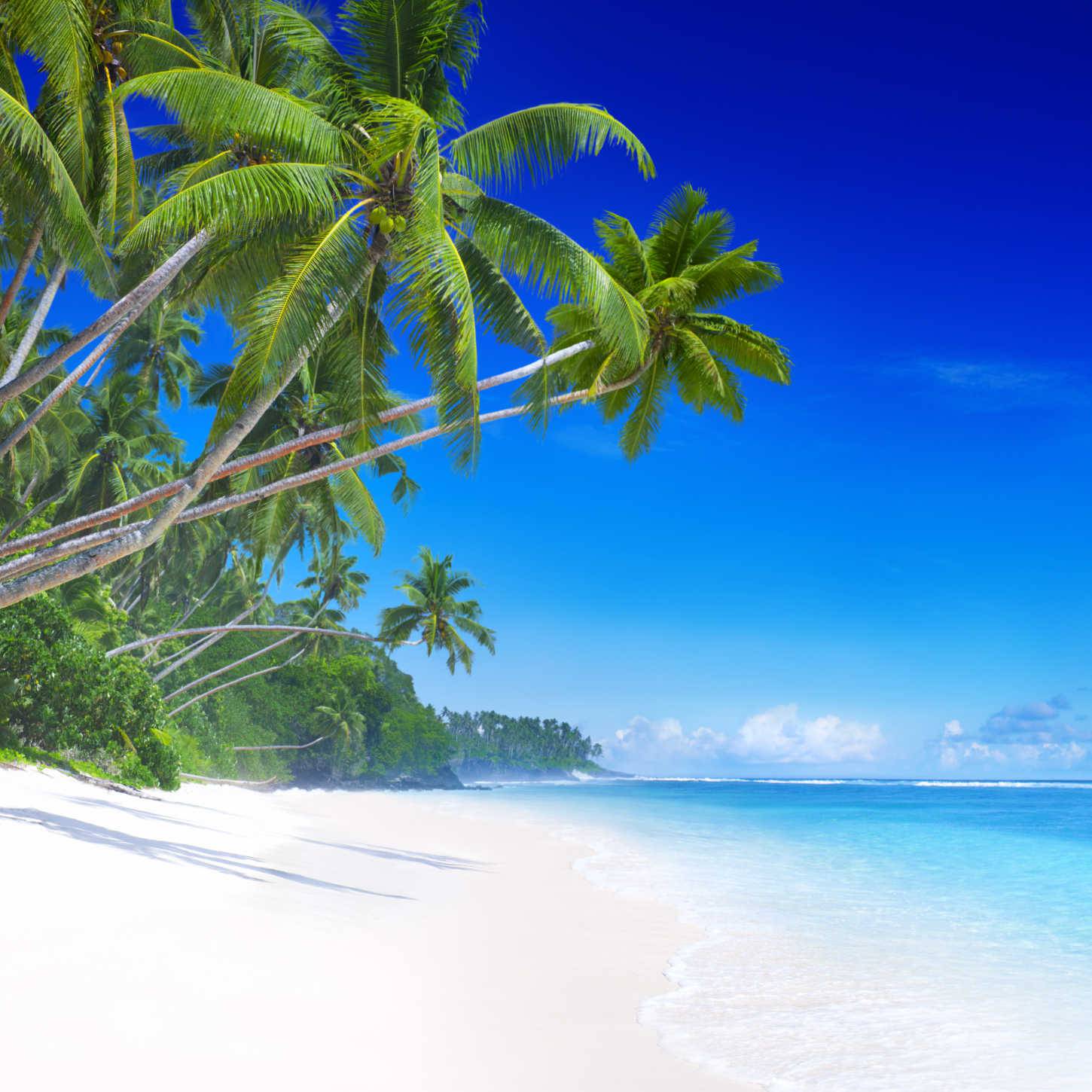More from Boulogne
Main Menu
- 00:00
- 06:00
- 12:00
- 18:00
- 23:00
Boulogne : Next 24-Hour Weather
Today - 20th December 2025
Sunrise 08:52
Sunset 16:50
Tomorrow - 21st December 2025
Sunrise 08:52
Sunset 16:50
Holiday Weather Now
Sorted by popularity:
Updated at 12:00 GMT
-
Temp feels like6°C42°F
-
Length of day07h 58m
-
Pressure29" (1012 hpa)
-
Visibility10 km (6miles)
-
Wind speed15 km/h
Sunrise 08:52
Sunset 16:50
-
Temp feels like:
6ºC (42 ºF)
-
Length of day:
07h 58m
-
Pressure:
29" (1012 hpa)
-
Visibility:
6 miles (10 km)
-
Wind speed:
15 km/h
Boulogne has a mild, temperate, maritime climate with warm summers and cool winters, similar to the seaside towns of southern UK such as Brighton and Bournemouth. Showers are a regular feature and grey skies are as likely as sunshine. The prevailing wind, north or northwest, blows strong throughout the year, making Boulogne a good site for sand yachting. Boulogne sits on the northwest coast of France, just south of Calais. It is a major fishing port. There is a regular ferry route between Boulogne and Dover.
Summer, from June till September, is warm with cool nights. The average high temperature gets to 17°C in June, 20°C in July, peaks at 21°C in August then drops back to 18°C in September. The peak months of July and August can see temperatures spiking into the high 20s, but it rarely becomes uncomfortably hot. The wind generally keeps the area very cool. Night times usually require a light extra layer, at around 15°C in the height of summer, or even a jacket in June and September when it can get close to 10°C. The sun comes out for around seven hours per day from June till August, dropping to five in September, and the water temperature gets up to around 17°C which is just warm enough for a very brief dip. Rainfall is moderate but the odd thunderstorm sometimes occurs in late summer if the temperature and humidity are allowed to build up.
Autumn, in October and November, quickly cools down to an average high of 15°C in October and 10°C in November. Night time lows turn from a 10°C average in October to a chilly 6°C average in November; by the end of November night time temperatures can slip towards freezing. Rainfall increases slightly and grey skies become the norm, forcing sunshine levels to drop. The ocean gets down to an uninviting 12°C.
Winter, from December till February, sees temperatures dropping to an average high of 6°C and an average low of 3°C. Frosts are common but snow rarely falls. The sea gets down to 7°C and the sun hides away. Rainfall lessens slightly but still falls regularly in a persistent drizzle. It is usually colder but drier than the English south coast.
Spring, from March till May, is mild; the average high temperature creeps to 9°C in March, 12°C in April and 15°C in May. Night time temperatures remain nippy, staying below 10°C, and the ocean does not warm up enough for swimming. While spring is still very cool, rainfall levels drop slightly and sunshine increases. In April six hours of sunshine can be expected per day on average and in May sunshine reaches the summer level of seven hours per day.
Boulogne sits in the coolest, wettest region of France. The main influence on the climate of Franceâs west coast is the North Atlantic Ocean. This keeps the area from extremes of temperature, but warmer than one might expect at this northerly latitude due to the Gulf Stream. It also makes the area quite windy; the flat-low lying terrain prevalent in the west of France allows these winds to blow far inland, spreading the temperate maritime climate as far east as Bordeaux and Tours, sometimes even towards Limoges.

















